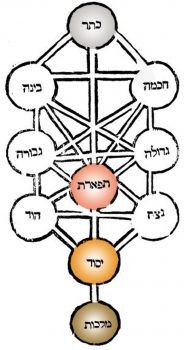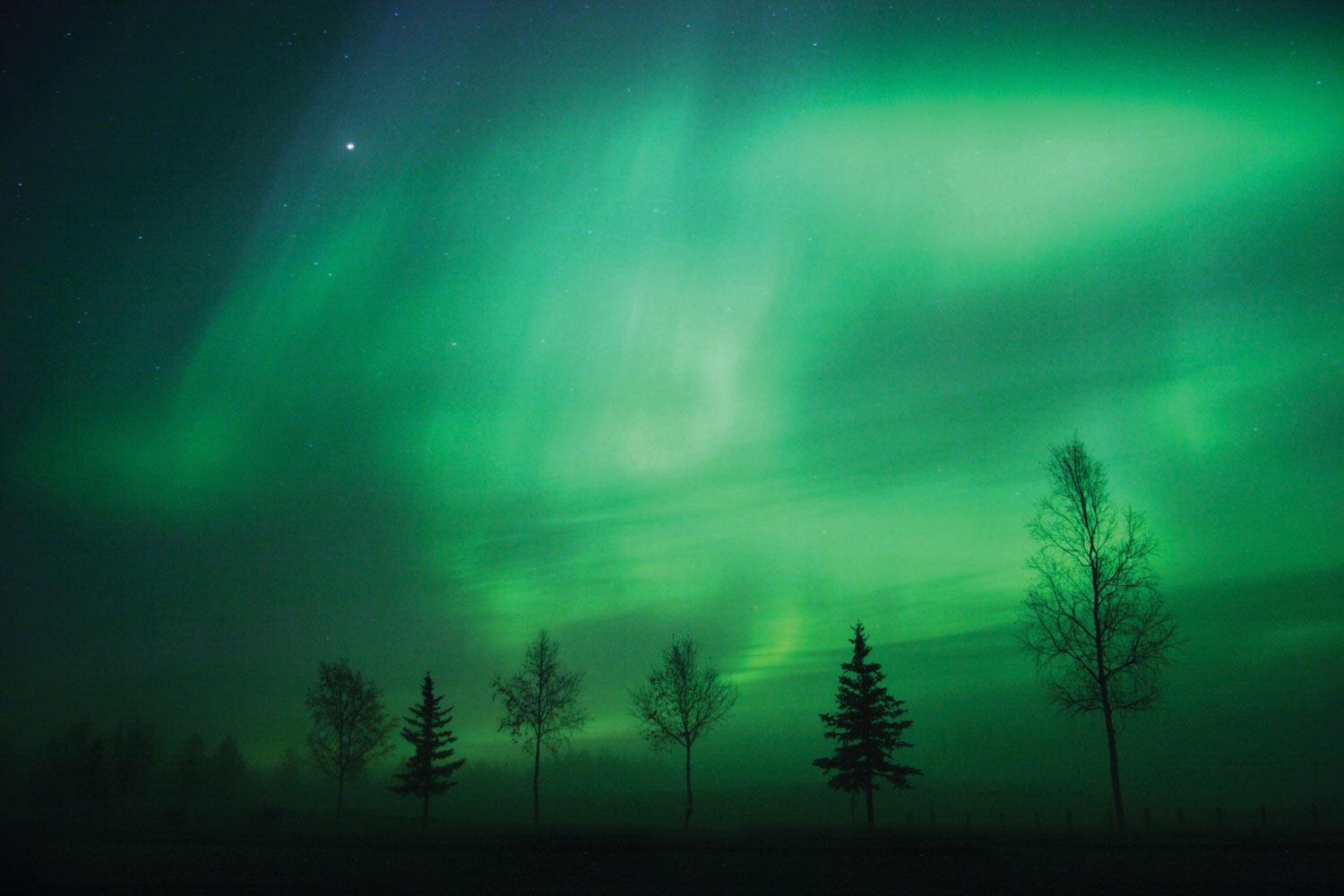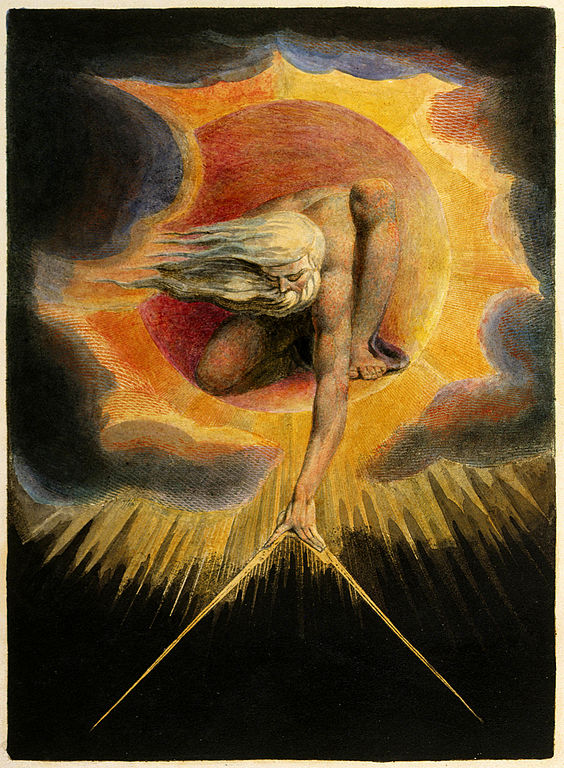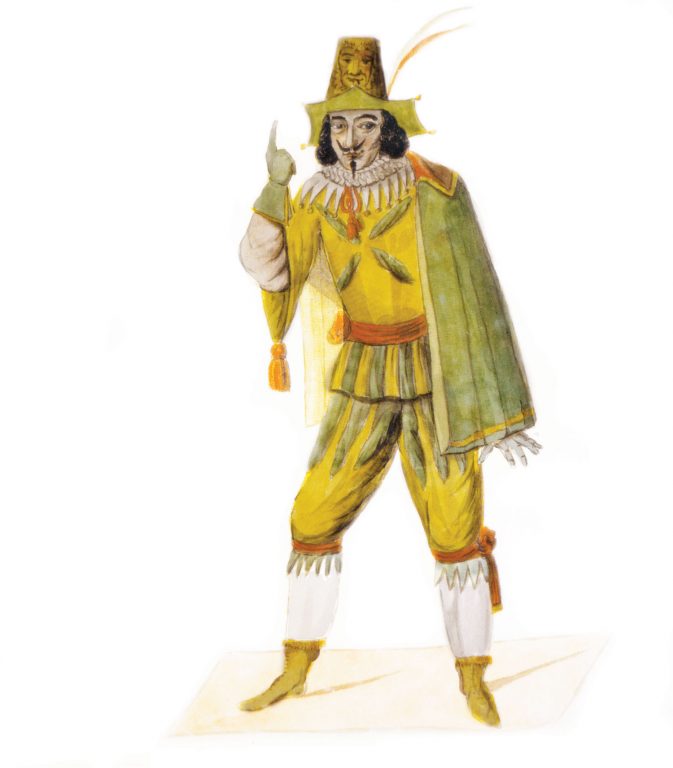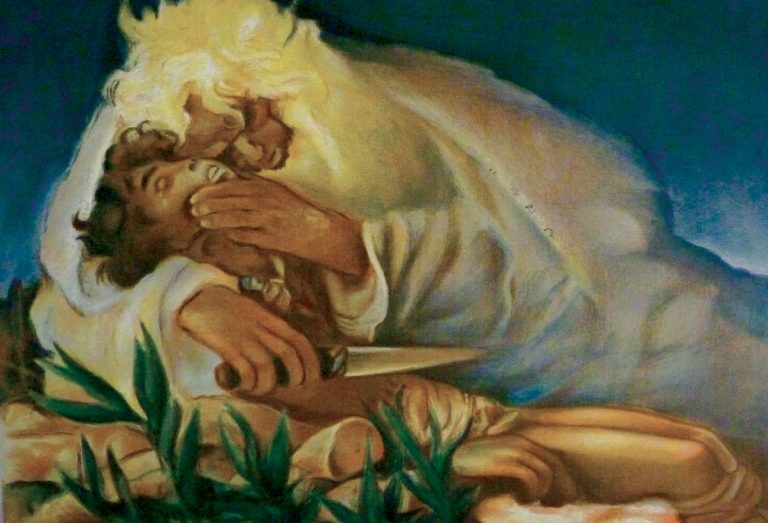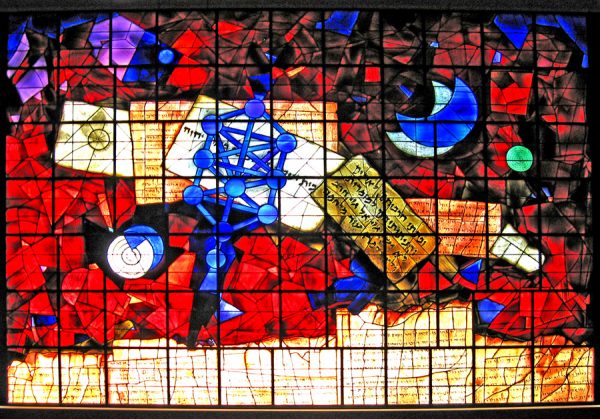The Riddle of Knowledge
What is it about this book that has had such a dramatic effect on the Jewish imagination, impressing its signature not only on Kabbala, but also on Jewish philosophy and literature over the centuries? What touched the hearts of the masses over the generations – Torah scholars and kabbalists, as well as laymen and simple Jews? An exhaustive treatment of the richness and variety of the Zohar is not possible in this article, but I will attempt to summarize a few of the fundamental components of the book.
The Zohar is first and foremost a book of mysticism whose basic premise is the belief that the concrete and the defined are only a small part of our reality. Mysticism radiates through amazement, wonder and questioning, not through rigid constants and absolutes. Thus, the Zohar does not recoil from diversity, from contradictions and complex statements. Its spiritual ideas are often expressed through imagery and symbols, in myths that leave space for the imagination and the reader’s personal world. Over every page an awareness of the limitations of human achievement hovers, as the Zohar states: “Though man seeks to ascend the steps of knowledge, striving to reach the very highest level, when he finally arrives there – what has he gained? What did you learn, what did you see, what did you find? In the end, everything is as incomprehensible as it was in the beginning.”
Creativity and innovation are the founding pillars of the Zohar’s world. Unlike Ramban and the kabbalists of Provence and Gerona, who saw themselves as the guardians and transmitters of an ancient tradition handed down to them by their rabbis, the Zohar is constantly creative and innovative. Just as God created His world with speech, by means of the spoken word, the kabbalists of the Zohar create new heavens and a new earth with their words. Years later the Arizal expressed this awareness in a poem whose terminology is totally zoharistic, the metaphor of the field playing on the image of the kabbalists reaping their creations from the soil of the spiritual world:
“The reapers of the field speak in riddles of words and voice
Uttering words sweet as honey
Before the Master of the Universe, they reveal secrets in veiled words
And give birth to new ideas
These are made manifest in the heavens, and remain hanging there
The very sun itself.”
The result of their labor is the revelation of hidden things, new ideas, as essential to the existence of the world as the sun, the source of light, inspiration and innovation.
Repairing the Visages
Above all else the Zohar expresses the spiritual equivalent of the marital bond – in which man encounters God, their mutual influence echoing the earthly relationship of man and wife. The basic idea of the Idra Rabba (The Greater Holy Assembly, see Zohar Unzipped), one of the most important texts in the Zohar, is that although God created man, man – or specifically, Rashbi (Rabbi Shimon bar Yochai, traditionally the author of the Zohar – see Mystery of the Zohar) and his disciples – “repairs” or rectifies the divine countenances, which are the manifestations of God in the world, through discourse. Outstanding among these manifestations is the quality of Erech Apa’im or Árikh Anpim – long-suffering, or the combination of patience and mercy, which rises above the conflicts and foibles of human reality to enact God’s will and nudge the world one step closer to redemption (geula) – despite the fact that Man, and specifically Israel, are undeserving.
The tzaddik (pious man) uses this tikkun (the kabbalistic concept of rectifying the world) to formulate the concept of the divine in human consciousness. In other words: Creativity is mutual, inasmuch as just as God creates man, man similarly “creates” an image of God in his consciousness.
According to the Zohar the meaning of the verse from Proverbs (31:23), “her husband is well-known at the city gates,” is that the recognition of God is subjective, based on each and every person’s imaginative capacity. This subjectivity does not diminish the validity of the recognition, as according to the Zohar, the infinite God truly exists in each and every way that man can conceive of Him.
This creative power is called Zohar (splendor) and one of the verses the Zohar cites repeatedly is “The wise will shine like the brightness (ke-zohar) of the firmament” (Daniel 12:3). This brightness that shines in the upper spheres, and with which God creates the worlds, is the very same essence that bursts through into the world of the wise – namely, the kabbalists – and is the source of their prophetic, visionary inspiration. According to Tikkunei Zohar (see Zohar Unzipped), it is the spark of this brightness in the souls of Rashbi’s disciples that ensures they have the approbation of heaven for the new ideas they propound.
As they seek to define this divine quality of “unity” the sages of Rashbi’s circle are spiritually “refined”. At the end of the Idra Rabba three members of the circle die, destroyed by their attempt to grasp at the divine.
Creator, Creation, Procreation
The creativity of the Zohar is closely connected to procreation and the appropriate way to channel sexual energy, and thus the biblical Song of Songs is grist for its mill. According to the Zohar, this epic poem was created in a coalescence of emanations (Zoharim) – an expression of the upper spheres and the divine powers of creativity, as well as of the human emotional energies, which yearn to connect with one another and become one.
This intrinsic urge to connect which runs through the entire narrative of the Song of Songs is in fact a description of creative emanation. The lovers’ kiss which is one of the climaxes of the poem – “Let him kiss me with the kisses of his mouth” (Song of Songs, 1:2) – symbolizes the meeting of the divine and the human spirit, a meeting which is given oral expression in speech. In this interpretation, the Zohar identifies the common source of love, intimacy, creativity, and the sexual urge.
The empowerment of eros as the source of creative vitality opens up potentially dangerous vistas that make boundaries and precautions essential. Thus in spite of its sometimes explicit openness, the Zohar is very far from permissive, and places tremendous emphasis on the preservation of sexual purity. According to the Zohar, the primal sin of human sexuality – masturbation – is one of the gravest of all sins, and one for which there may well be neither penitence nor atonement. This is essentially the sin of bachelorhood: a sin that expresses narcissism, seclusion and man’s inability to extend beyond his own self-interest and reach out to his fellow.
According to the Zohar, the intoxication of self-love was the foundation of the archaic world of chaos that was destroyed. For the world to be built anew (tikkun olam), the sexual urge must be refined and channeled appropriately in the male-female relationship. Thus the creative tzaddik, whose very breath can create worlds, who decrees and God brings his words to fulfillment, is also the guardian of the covenant, symbolized by the circumcised male sexual organ. His self-control must be impeccable, his sensuality consistently channeled and refined, to function only in the appropriate direction.
Rashbi symbolizes the perfect man, created in God’s image, who has the power to repair our shattered reality and restore its harmony. He can connect between extremes, creating a conjunction of the divine attributes to bring God’s abundance into the world.
The death of Rashbi at the end of the Idra Zuta (see Zohar Unzipped) is a moment of spiritual zenith in which the upper and lower spheres are momentarily united. As his spirit reunites with his creator, a window of intense spiritual inspiration forms, from which his disciples draw the strength to continue. This description inspired Rabbi Nachman of Breslov, who spoke of the tremendous importance of being in the presence of a tzaddik at the hour of his death.
The Court Jester
Despite the seriousness and solemnity required when plumbing the depths of creation, the Zohar is not devoid of humor and even slapstick. In describing the upper worlds, the Zohar depicts a complex bureaucratic system: there are various supervisors for a broad spectrum of functions – elevating and receiving prayers, judging sinners and executing judgment on the guilty. There is a well-ordered postal system of heavenly scribes and divine messengers, an archive where the various missives are stored and clerks who know when to release what, and how to move an order toward execution.
In addition to this whole complex system, there is also a jester. The jester operates outside the framework and the rules. He is allowed to criticize the system, and can even mock the king. The king has need of the jester, who relieves him of the intolerable weight of responsibility that goes with his task of managing the kingdom.
According to the Zohar, this is the role of the Levites in the Temple – as “the king’s jesters,” they are in charge of the king’s mood. And as a human king can echo the actions of the Divine King, King David was also able to appoint jesters to the Divine court, reversing the roles and casting the priests and the pious as the jesters. As David’s guest, God is obligated to cooperate and accept the new rules of the game.
But King David himself also serves as the King’s jester. The Bible tells us that when the Ark of the Covenant was brought to Jerusalem, he “danced and cavorted before God” to such an extent that his wife Michal, daughter of Saul, despised him. The Zohar manages to find humor in the more tragic episodes of David’s life as well, suggesting that David’s sin with Batsheva was more than just a moral fall: “Despite his sorrow, David decided to clown around with the king of the universe to entertain Him.” He claims that his sin was entirely for Heaven’s sake, to fulfill God’s prescience that he, David, was destined to sin – “In order for your words to be justified.” In the Zohar’s world, humor and irony are also ways to serve God.
Bribing Evil
According to Maimonides’ philosophical perception, evil is not a reality, but rather the absence or lack of good. This principal can be applied to similar concepts, darkness being the absence of light; the evil inclination or Satan becoming man’s powers of imagination, and thus a product of his intelligence. Extending this principal one stage further, Maimonides denies the existence of powers and creatures that are customarily associated with evil in the world, such as demons.
This view, which was prevalent in the period that preceded the dissemination of the Zohar, also appears in the writings of the early medieval kabbalists from the 13th-century school of Rabbi Yitzhak Sagi Nahor. The Zohar, however, takes the opposite stance: evil and the concepts it embodies are not merely an absence but have real existence in the world. In general, there are two parallel systems: one is the system of good, comprising the sefirot and the worlds of the Sitra de-Kedusha (the Holy Side), to which the good inclination belongs; while the second is the Sitra Ahra (the Other Side), including Satan and the evil inclination as well as the angels of destruction and demons. The world and its existence are part of a constant dynamic, torn between good and evil and alternately drawn to one side or the other.
Even so, the world is not a demonic and threatening place. The kabbalists of the Zohar are intimately familiar with the ways of the world of evil, understanding its weaknesses and vulnerabilities, its methods and deeds. They therefore have the ability to maneuver it into a position where it can be overcome, using bribery or placating it with “offerings.” This deep familiarity with evil is among the special qualities of Rashbi and his disciples in the Zohar, and is also the solution to the problem of undeserved evil described in the Book of Job. According to the Zohar, Job was punished for distancing himself from evil rather than endeavoring to rectify it, and thus brought wrath down upon himself. The Zohar clearly abhors the image of the perfect tzaddik, who completely distances himself from evil; he is grey and dry, having renounced the demands of earthly life.
This is also the attitude reflected in the Zohar’s interpretation of the test of the akeida (binding of Isaac).
Abraham, the embodiment of kindness, had to connect with the dark forces of judgment embodied in Yitzhak’s character. The test of the akeida was a result of accusations made by the evil inclination, which contended that Abraham had no evil impulse. To withstand the test, Abraham had to understand that the whole task was actually a joke made at his expense, as hinted at by Yitzhak’s name (meaning “he will laugh”). Anyone with a sense of humor will realize that there had to be a happy ending to that story. The Zohar turns the binding of Isaac into a kind of prank, its black humor characteristic of the Sitra Ahra, which habitually mocks its victims. The only way to overcome it is to begin to think along the same lines, and give as good as one gets.
Earthly Awakenings
Abraham was commanded, “Leave your country and your birthplace.” The Zohar asks why, at the end of the story of Noah, the Torah relates that Abraham left Ur of the Chaldees for Canaan of his own volition. What, then, is the significance of the divine command, appearing as it does after the fact? Abraham is anyway already on his way to the Promised Land!
The Zohar’s answer is surprising: Abraham’s mission and destiny are only his because he initiated the process. Man must be prepared to receive God’s bounty in order for that outpouring of abundance to come into existence and then be drawn down from the heavens above. The Zohar compares the process to fire – the flame (white fire) cannot catch from the ember (black fire) if the coal has not been previously ignited. Alternatively, a parallel can be drawn from the realm of intimacy: a man cannot become aroused unless his wife’s passion is inflamed beforehand. The mayin nukvin – the female waters of passion and arousal – are a prerequisite for the mayin ha-dukhrin – the abundance that comes from the male. The Zohar calls this “the awakening from below,” which is the precondition for any visitation and redemption.
If human initiative and practical awakening were perceived as a precondition for divine visitation, we can understand why the Land of Israel exercised an almost irresistible pull on the kabbalistic imagination. Kabbalists throughout the generations, including Nachmanides, Rabbi Yehuda Halevi, the Arizal and the kabbalists of Safed, the students of the Vilna Gaon, Rabbi Nachman of Breslov, Rabbi Menachem Mendel of Shklov and the students of the Baal Shem Tov all visited its shores, even though not all of them stayed. Essentially, this mystical kabbalistic work was a significant catalyst in the earthly processes of migration that, developing and gaining momentum, cultivated the Zionist movement.
The Challenge of Rebirth
It could be that the magic of the Zohar lies partly in its ability to generate renewal. The Zohar sparks a revival of ancient traditions, then turns them into a driving force for spiritual and cultural renaissance. I have seen a new, youthful consciousness emerging in the green expanses of the Galilee, on nature hikes, in encounters with amazing characters and in close friendships. These studies intensify the growing need for a connected and holistic Torah that touches all facets of life – a need that can only be answered by a vibrant group of students who are constantly innovative, are not afraid of change and are willing to encounter the void from which true creativity springs. This kind of readiness to open oneself up to inspiration, to the catalytic secrets of mysticism both on an individual, existential level and on a national plane, hovers on the verge of prophecy.
Since the destruction of the Temple the Jewish spiritual world has shrunk and stagnated into cold, dogmatic, and rigid rational systems. The talmudic statement that “since the destruction of the Temple God has no place except the four cubits of halakha,” is a bitter lament that perceives this state of affairs as part of the curse of the exile, in which religion was reduced to to a preoccupation with narrow and limited facets of man’s existence. The role of the Zohar is to herald the geula, the redemption, calling for a richer, more holistic spiritual world. To achieve that will require the courage to reinterpret biblical verses, the ability to revive the unmitigated learning methods of the tanna’im, but first and foremost, a reawakening of that yearning for a spiritual connection that is the foundation of life.
In the darkest moments of Jewish history, during the Bar Kochba Revolt and in the short period between the Crusades, the Zohar could envisage redemption. This is perhaps the greatest secret of the Oral Law, and of the Jewish people – the ability to create a new vision, reinventing itself over and over again so that like a phoenix, we can rise again and soar toward the sun even in the most difficult times; the secret, as the Zohar put it, of ancient new things. As Prof. Yehuda Liebes wrote:
The Zohar does not speak in riddles and is not difficult to understand. Even I can attest, after decades of teaching the Zohar, that what appear to be incomprehensible secrets do not defy our understanding, but rather testify to our inability to accept the text at face value. This difficulty stems from the free spirit of the Zohar, which our conventional education finds hard to accept. While Rashbi’s statements may have been radical, they were not too radical for him to write them down; yet they seem to be too radical for us to be able to read them today.”
Part of the Ardon windows at the National Library, Jerusalem, illustrating the ten Sefirot
Sources for this article and for further study:
Yehuda Liebes, Studies in the Zohar, SUNY Press, 1993.

